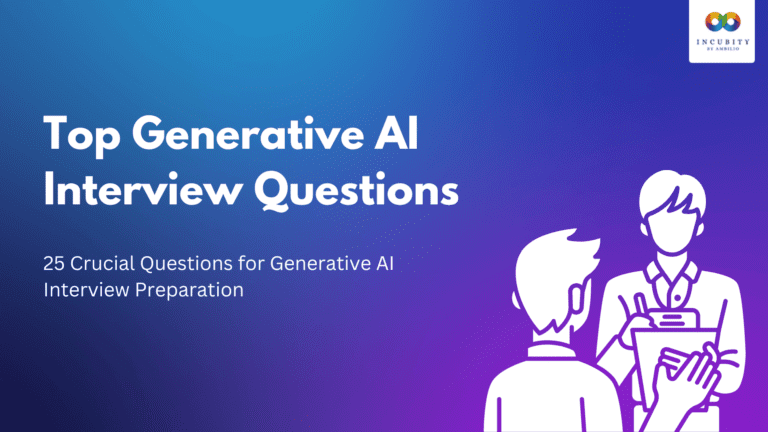Here is a curated list of the most important questions commonly asked in data scientist interviews. This will help you in understanding the level and depth of questions and give an idea of what to answer during interviews.
- What experience do you have with data cleaning and preprocessing?
Answer: As a data scientist, data cleaning and preprocessing are essential skills. I have experience with various techniques such as removing duplicates, handling missing values, and transforming data into a format that is suitable for analysis.
- How do you determine which machine learning algorithm to use for a particular problem?
Answer: The choice of a machine learning algorithm depends on the nature of the problem, the type and amount of data available, and the desired outcome. I usually start with exploratory data analysis and consider factors such as data size, dimensionality, and the type of output variable to determine the best algorithm.
- Can you explain regularization and its importance in machine learning?
Answer: Regularization is a technique used to prevent overfitting in machine learning. It involves adding a penalty term to the loss function to prevent the model from fitting too closely to the training data. Regularization is essential to ensure that the model generalizes well to new data.
- How do you evaluate the performance of a machine learning model?
Answer: There are various metrics used to evaluate the performance of a machine learning model, such as accuracy, precision, recall, and F1 score. The choice of metric depends on the problem and the type of data. I also use techniques such as cross-validation and ROC curves to assess the model’s performance.
- How do you handle imbalanced datasets?
Answer: Imbalanced datasets are common in machine learning, and there are various techniques to handle them, such as oversampling the minority class, undersampling the majority class, or using a combination of both. I also use techniques such as SMOTE (Synthetic Minority Over-sampling Technique) and ensemble methods to improve the model’s performance on imbalanced data.
- How do you deal with missing values in a dataset?
Answer: Missing values are a common problem in data analysis. I use various techniques to handle them, such as imputation methods like mean, median, or mode imputation or using techniques like KNN imputation or regression imputation, depending on the nature of the data and the problem.
- Can you explain the bias-variance tradeoff in machine learning?
Answer: The bias-variance tradeoff is a fundamental concept in machine learning that refers to the tradeoff between underfitting and overfitting. High bias refers to a model that is too simple and does not capture the complexity of the data, while high variance refers to a model that is too complex and fits the noise in the data. The goal is to find a balance between bias and variance that results in a model that generalizes well to new data.
- How do you handle outliers in a dataset?
Answer: Outliers can significantly affect the results of data analysis. I use various techniques to handle outliers, such as removing them, transforming the data using techniques like log transformation, or using robust statistical methods that are less sensitive to outliers.
- Can you explain cross-validation and its importance in machine learning?
Answer: Cross-validation is a technique used to evaluate the performance of a machine learning model. It involves partitioning the data into training and testing sets multiple times and calculating the average performance across all iterations. Cross-validation is essential to ensure that the model generalizes well to new data and is not overfitting.
- Can you explain the difference between parametric and non-parametric models?
Answer: Parametric models make assumptions about the distribution of the data and estimate the parameters of the distribution, while non-parametric models make no assumptions about the distribution and learn the mapping from inputs to outputs directly from the data. Parametric models are simpler and easier to interpret, while non-parametric models can capture complex patterns in the data but may require more data and computational resources. Some examples of parametric models are linear regression and logistic regression, while examples of non-parametric models are decision trees, k-nearest neighbors, and support vector machines.








